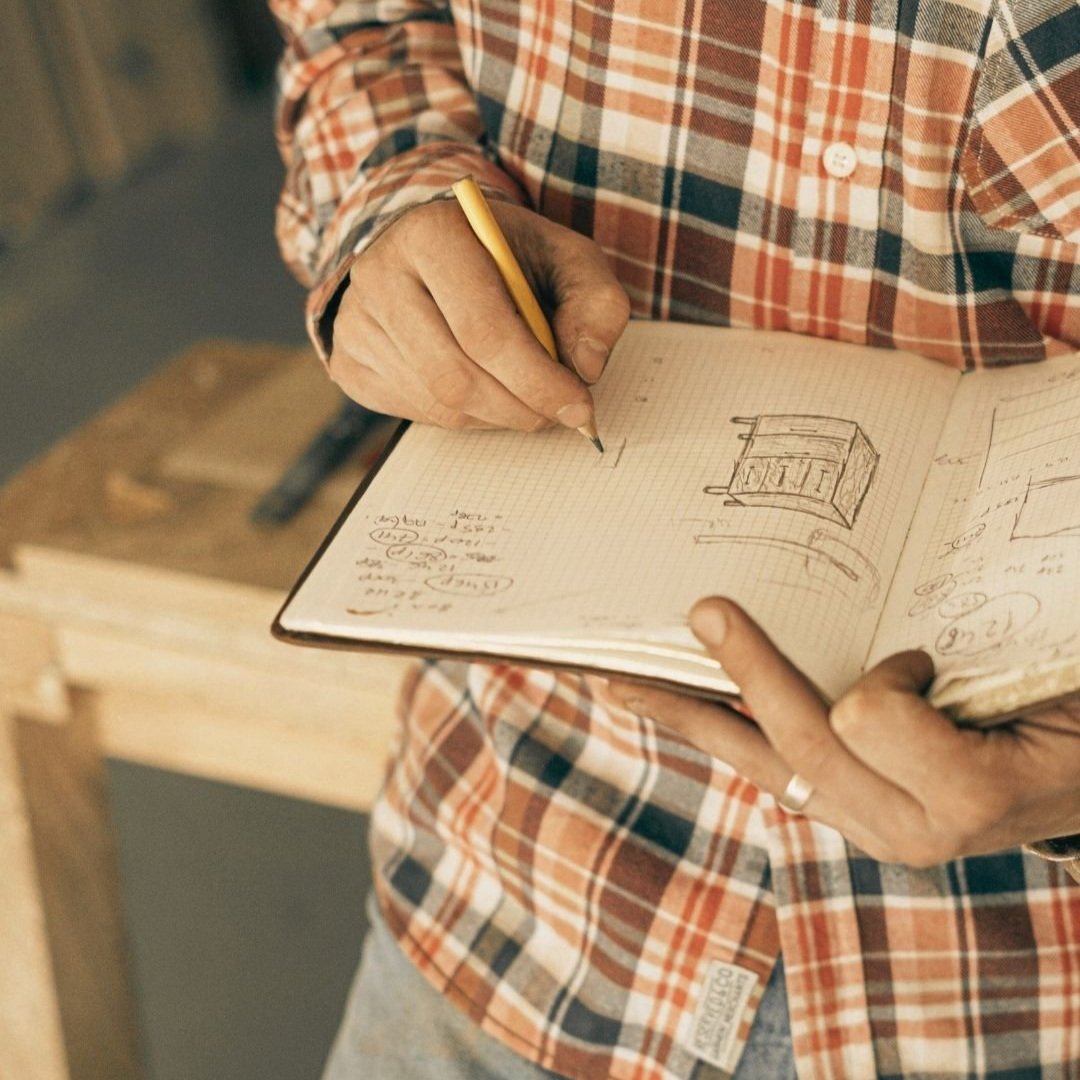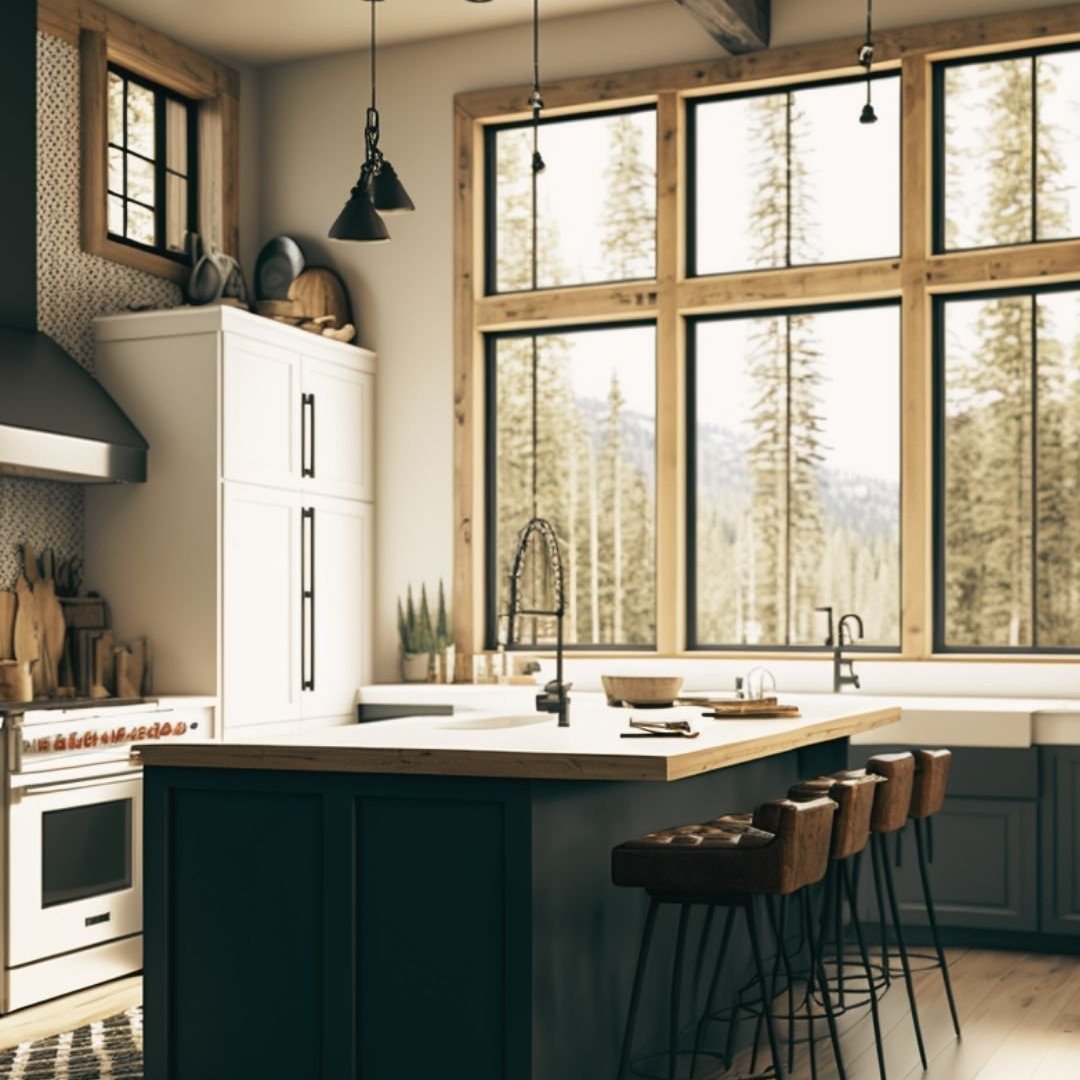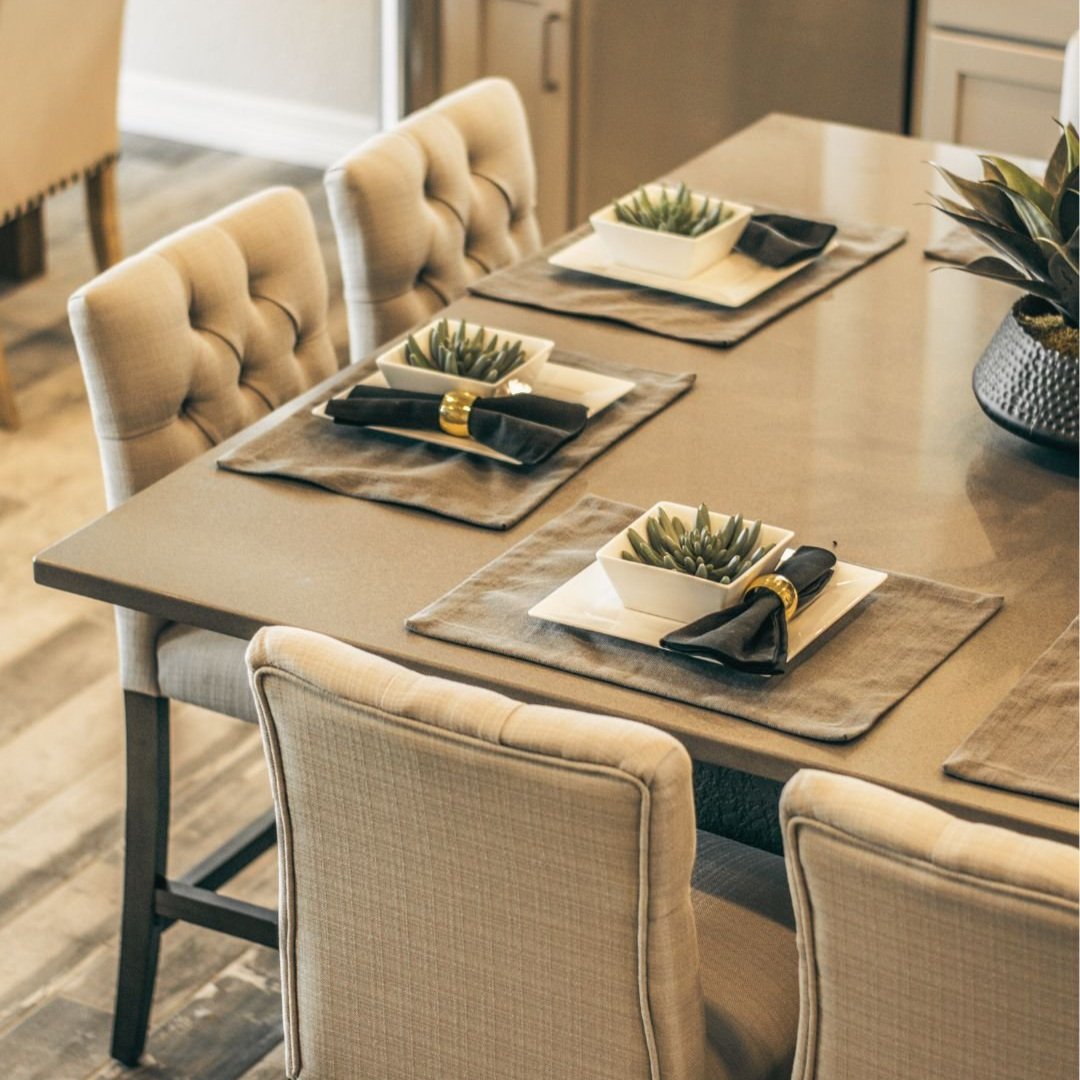8 Key Ways to Incorporate Art into Your Interior Designs
/Art is often lumped into the category of decoration, although some would jump to disagree. The definition of art in interior design can be blurry. But unlike most other elements in a home, art's only function is to express and evoke sensations. It can bring back memories of a family trip or spark conversation at a dinner party. It has the power to make a strong impact on the feel of a room, and it shouldn't be treated as an afterthought or mere finishing touch. Art can go a long way in adding personality, style, and emotion to a space. So let’s explore some different ways to incorporate art into your interior design.
1. Consider Personal Taste
Taste in art can be very personal and highly subjective, even more so than other styling elements, so it's important to show clients the pieces you have in mind before finalizing the selection. An image evokes different feelings for each person, so finding artwork that resonates with the client's taste and personality is crucial. Incorporating art that clients may already have can also serve as a starting point, finding pieces that complement but don't compete with their existing art. This helps to achieve a space that reflects the client's unique style and personality.
2. Take Inspiration from Art
Rather than finding art that fits into your design, you can also start with a piece to guide you. For example, if you have a colorful abstract painting with splashes of blue and rust, you could use those hues as the basis for your color palette throughout the room. Look for complementary colors in textiles, accessories, and furniture to create a cohesive look. You could also take inspiration from the shapes and textures in the artwork. If the painting features organic, flowing lines, you could incorporate soft, curved shapes in your furniture choices. Alternatively, if the piece has sharp, geometric shapes, you could choose angular furniture or accessories to echo that aesthetic.
3. Be Mindful of Scale and Placement
When it comes to displaying art, the scale and placement significantly affect the overall look and feel of a room, as well as its flow. Consider the size of the art and how it will interact with other elements in the space. For instance, a small piece of art on a large wall can appear insignificant and out of place, while a large piece of art in a small room can be overwhelming and take up too much visual space. In a living room with a tall ceiling, a large abstract painting can be positioned above a sofa, creating a focal point for the room. However, in a small entryway, a series of small framed photographs can create a gallery wall effect without overwhelming the space. A large piece of art at the end of a hallway draws the eye towards a specific area, while a series of smaller pieces can create a sense of movement and continuity throughout the space.
4. Play with Contrasting Styles
Although it's important to choose artwork that complements the overall style of a room, incorporating pieces that are unexpected or unconventional can add interest and personality to the space. For example, a minimalist space can benefit from a bold painting or a large sculpture as a statement piece. Or, you might be preserving historic elements from a home, but a standout contemporary piece can create a very cool effect.
5. Light It Up
Proper lighting can make all the difference when it comes to showcasing art in a room. To enhance the beauty of art and create an inviting atmosphere, consider installing spotlights or track lighting to highlight certain pieces. This also adds a touch of sophistication. By adjusting the angle and intensity of the light, you can create dramatic shadows and highlights, drawing the eye towards the artwork.
6. Choose the Right Frame
The right frame will complement the artwork without competing with it, and the frame's color and style should be chosen based on the artwork. For example, a simple white frame can work well with a colorful, contemporary piece, while an ornate gold frame might be more suitable for a classical painting. However, you could experiment with a more unexpected combination of styles. A framed piece of art can be hung on a wall as a fixed focal point or leaned for a more relaxed look.
7. Go Beyond Paintings
You can incorporate art into your designs in many ways, such as using wallpaper or having a custom mural painted on a wall, in niches, or even the ceiling. Additionally, you can consider incorporating other decorative elements, such as ceramics, glass, textiles, metalwork, or sculptures, as they too are considered art and add a lot to the overall aesthetic of the room. Try creating an interesting juxtaposition by placing different types of art together.
8. Source by Budget
When it comes to purchasing art, there are many different sources to choose from, depending on the budget you’re working with. You can find unique pieces by visiting local artists or attending art fairs and galleries. Online platforms such as Saatchi Art are also great options for discovering new artists and artworks. For a more cost-effective approach, consider purchasing prints or posters from websites like Etsy or Society6.
These key points are great guidelines for your quest in incorporating art into your design, but remember that art thrives on creativity, innovation, and rule-breaking. Be bold and experiment with new and unconventional approaches to art to inject personality and character into your design. So, enjoy the process and have fun with it!
xx, Danae

































